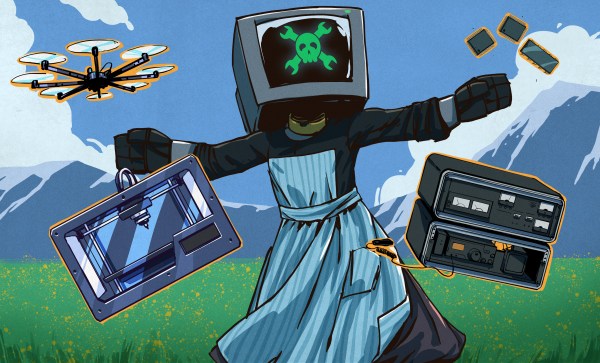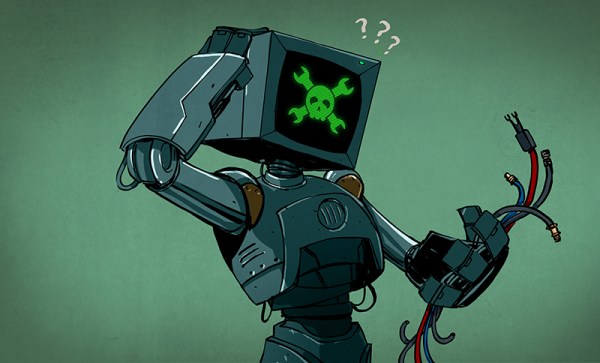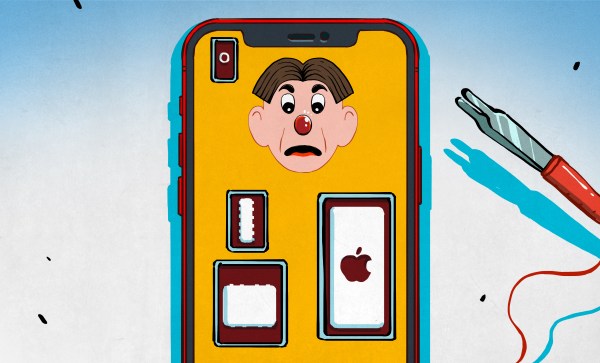There are a few classic physics problems that it can really help to have a mental map of. One is, of course, wave propagation. From big-wave surfing, through loudspeaker positioning, to quantum mechanics, having an intuition for the basic dynamics of constructive and destructive interference is key. Total energy of a system, and how it splits and trades between kinetic and potential, is another.
We were talking about using a bike generator to recharge batteries on the Podcast last night, and we stumbled on a classic impedance mismatch situation. A pedaling person can put out 100 W, and a cell phone battery wants around 5 W to charge. You could pedal extremely lightly for nearly three hours, but I’d bet you’d rather hammer the bike for 10 minutes and get on with your life. The phone wants to be charged lightly — it’s high impedance — and you want to put out all your power at once — you’re a low impedance source.
The same phenomenon explains why you have to downshift your internal combustion automobile as you slow down. In high gear, it presents too high an impedance, and the motor can only turn so slowly before stalling. This is also why all vibrating string acoustic instruments have bridges that press down on big flat flexible surfaces, and why horns are horn shaped. Air is easy to vibrate, but to be audible you want to move a lot of it, so you spread out the power. Lifting a heavy rock with human muscle power is another classic impedance mismatch.
If these are fundamentally all the same problem, then they should all have similar solutions. The gear on the bike or the car, the bridge on a cello, the flared horn on the trumpet, and the lever under the boulder all serve to convert a large force over a short distance or time or area into a lower force over more distance, time, or area.
Pop quiz! What are the common impedance converters in the world of volts and amps? The two that come to my mind are the genafsbezre and the obbfg/ohpx pbairegre (rot13!). What am I missing?






















